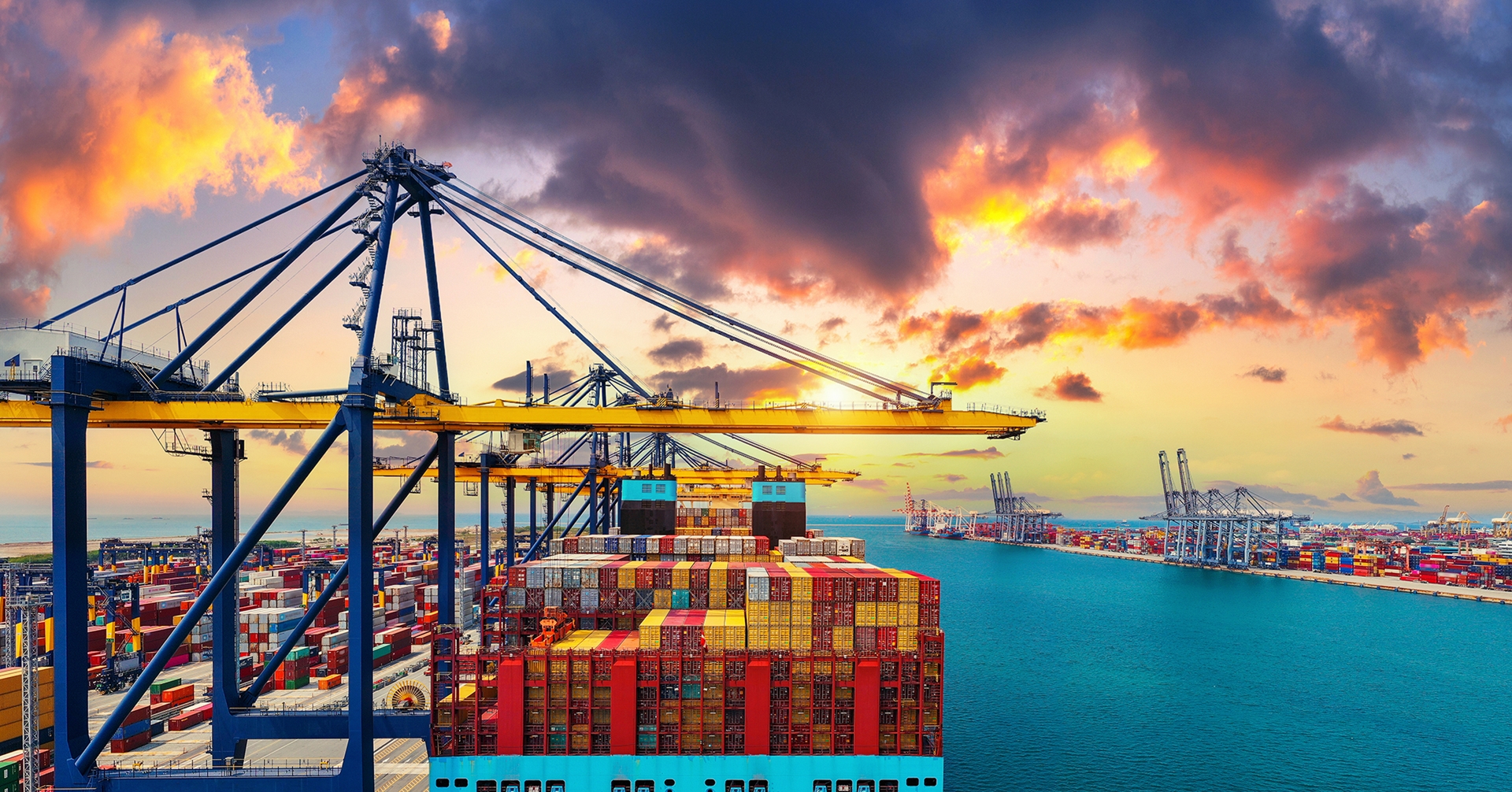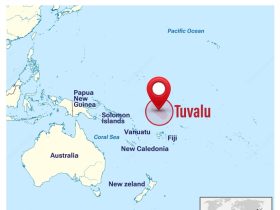
Angola’s main exported goods
Angola, located in Southern Africa, is a resource-rich country with an economy primarily driven by exports of natural resources, especially oil and diamonds. Since gaining independence from Portugal in 1975, Angola’s export structure has been dominated by a few key sectors, with oil taking the leading role. Despite efforts to diversify, the country’s economy remains heavily reliant on natural resources, which account for the vast majority of its export revenues. Below is an overview of Angola’s main exported goods:
### 1. **Crude Oil**
Crude oil is by far Angola’s most significant export, making the country one of the largest oil producers in Africa. Oil accounts for over 90% of Angola’s total exports and provides a major portion of government revenue. Most of Angola’s oil is exported to China, which has become the largest market for Angolan crude. The country is a member of the Organization of the Petroleum Exporting Countries (OPEC), and its oil is primarily extracted from offshore fields. Over the years, companies like Sonangol, Angola’s state oil company, and major international oil corporations have played pivotal roles in the country’s oil sector.
Angola’s oil industry has been both a blessing and a challenge. While it has brought enormous revenues, it has also led to economic instability due to price fluctuations in the global oil market. During periods of low oil prices, Angola has experienced significant economic downturns, highlighting the risks of over-dependence on a single commodity.
### 2. **Diamonds**
Diamonds are Angola’s second-largest export. The country is one of the world’s top producers of diamonds, especially high-quality gems. The Angolan diamond industry is centered in the provinces of Lunda Norte and Lunda Sul, where major mining operations take place. Angola’s diamonds are exported to various markets, with Belgium being one of the largest buyers. Major companies involved in diamond mining include Endiama, the state-owned diamond company, as well as international firms like De Beers.
The diamond trade in Angola has a long history, but it has also been associated with conflict, particularly during the Angolan civil war (1975–2002), when “blood diamonds” were used to fund rebel groups. Since the end of the war, the Angolan government has worked to regulate the industry and improve transparency, becoming a participant in the Kimberley Process, which aims to prevent the sale of conflict diamonds.
### 3. **Liquefied Natural Gas (LNG)**
In recent years, Angola has made efforts to increase its liquefied natural gas (LNG) exports. The Angola LNG project, which began production in 2013, is the largest initiative in the country aimed at tapping into natural gas reserves. This project is located in Soyo and is a joint venture between the Angolan government and several international oil companies. The LNG produced in Angola is exported to global markets, with a focus on regions such as Europe and Asia.
Although natural gas has not yet reached the same level of importance as oil, it is becoming an increasingly valuable export for Angola, with potential for significant future growth as global demand for cleaner energy alternatives rises.
### 4. **Agricultural Products**
Angola’s agricultural sector is underdeveloped compared to its natural resource industries, but it still contributes to the country’s exports, particularly coffee, fish, and timber. Coffee was once Angola’s most important export before the discovery of oil. While it has declined in significance, efforts are being made to revive coffee production, especially robusta coffee, for export to European and North American markets.
Fisheries are another growing sector. Angola has a long Atlantic coastline, rich in fish species like sardines, tuna, and lobster, which are exported to countries around the world. Timber, particularly tropical hardwoods, is another export, though concerns about deforestation have led to increased regulation of the industry.
### 5. **Iron Ore and Other Minerals**
Historically, Angola has large reserves of iron ore, and efforts are being made to restart iron ore production, which was halted during the civil war. The development of this sector could diversify the country’s export base. Additionally, Angola has other mineral resources such as copper, manganese, and phosphate, though these are not yet significant contributors to exports.
### 6. **Manufactured Goods**
Angola’s manufacturing sector is small, but it is growing. The government has encouraged the development of local industries to reduce the country’s dependence on imported goods and diversify the economy. Cement, textiles, and beverages are examples of locally manufactured products that are beginning to make their way into export markets, particularly to neighboring countries in Africa.
### Conclusion
Angola’s export economy is largely driven by natural resources, particularly crude oil and diamonds. While the country has benefited from these lucrative exports, it faces challenges due to its dependence on oil, which makes it vulnerable to global market fluctuations. The Angolan government has recognized the need to diversify its export base and is making efforts to develop other sectors such as agriculture, natural gas, and manufacturing. However, the process of diversification is slow, and for the foreseeable future, oil and diamonds will continue to dominate Angola’s export profile.



Leave a Reply